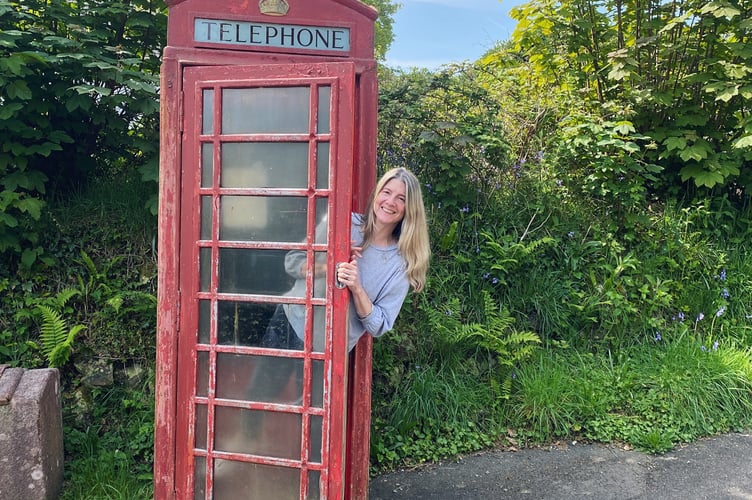A classic red telephone box in the village of Mary Tavy has been reimagined as the smallest museum on Dartmoor.
The revamped phone box will be introducing visitors to the rich mining history of Wheal Friendship, once one of the most important copper and arsenic mines in the country.
With an official opening planned for May 7, the restored K6 Phone Box Museum offers a brief history of the mine, the people who worked there, and the community that grew around it.
Project lead Bryonie Baxter said: “Mary Tavy played a significant role in Dartmoor’s industrial past but to the passer-by, the legacy of the mines is largely hidden. I wanted to create something that would help people see the landscape with fresh eyes.
“When the phone box was decommissioned, it presented the perfect opportunity. Not only can we preserve this iconic K6 phone box, but we can help visitors understand how mining shaped not just the land but the community around it.”
Located at the top of Bal Lane in Mary Tavy, the museum sits just off the A386 and National Cycle Route 27, making it an ideal stopping point for walkers, cyclists, and history lovers alike.
The location itself is historically significant – Bal Lane takes its name from the Cornish word for mine, and was once the daily route taken by miners and bal maidens on their way to Wheal Friendship.
Though small in scale, the museum offers a snapshot of the mine that dominated the village for two centuries. It is also accompanied by a guided walk leaflet leading visitors to key mining landmarks throughout the village, and a dedicated website for those wanting to learn more.
The project has been funded by a Farming in Protected Landscapes community grant via Dartmoor National Park Authority, enabling the K6 phone box to be restored, reglazed and repainted.




